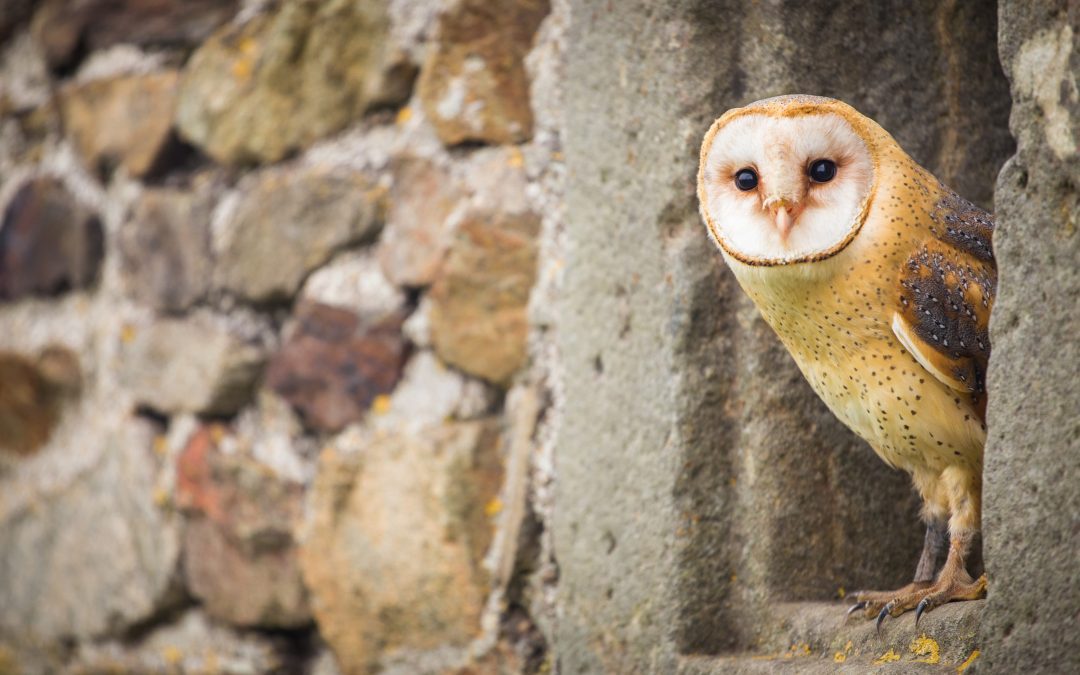Animals that prey on rodents or insects can be very helpful for homeowners, farmers, and gardeners. Specially trained dogs can even sniff out bed bugs or termites. While animals may not replace an entire pest control plan, they can help you in your efforts to control your local pest population.
Barn Owls and Birds
Barn owls are expert rodent hunters and can be extremely helpful for controlling rodent populations. Barn owls can also help control some pest birds, moles, gophers, and flying insects. If you’re interested in attracting barn owls to your property to help with your pest problem, you can provide them with shelter by building and placing nesting boxes. The Barn Owl Headquarters can help you get started.
While some birds aren’t welcome neighbors, birds like songbirds and wild birds are beneficial. These birds feed on pests like grasshoppers, webworms, slugs, snails, and some types of moths, which can help a garden thrive.
Cats
Cats can also help you control a rodent problem. Because cats can feed on mice, gophers, and rats, they are ideal for controlling these populations. They’ll look pretty cute while doing it too.
Not every domestic cat will kill mice. If you’re looking for a mousing cat or want to know how to turn your pet into a mouser, these tips will help.
Dogs
In addition to drug-sniffing dogs and bomb-sniffing dogs, some pest control companies are utilizing dog’s unique sense of smell to find bed bugs and termites. They can help locate the initial population or make sure that no pests were left behind after treatment. This helps home and business owners by saving time and ensuring that their pest problem is truly resolved.
Frogs, Toads, and Salamanders
Amphibians like frogs and toads can help rid a farm or garden of problem insects. They don’t discriminate, however, so they may be eating beneficial insects like ladybugs as well. Just one frog or toad can eat up to 100 insects per night. They eat pests like beetles, flies, moths, caterpillars, other insect larvae, slugs, and snails. Salamanders eat similar pests, but they can also feed on mosquitoes and ticks.
Ladybugs
Ladybugs are beloved by gardeners everywhere. Specifically, because they prey on aphids, which can damage or kill crops. One ladybug can eat as many as 5,000 aphids during its lifetime. They also prey on mites, scale insects, and leafhoppers. While ladybugs can be pests themselves if too many of them gather together, they are typically helpful and will contribute to a healthy garden ecosystem.
If you’re looking to support your local wildlife while simultaneously controlling pests, consider these ways to attract beneficial animals to your property.


Recent Comments